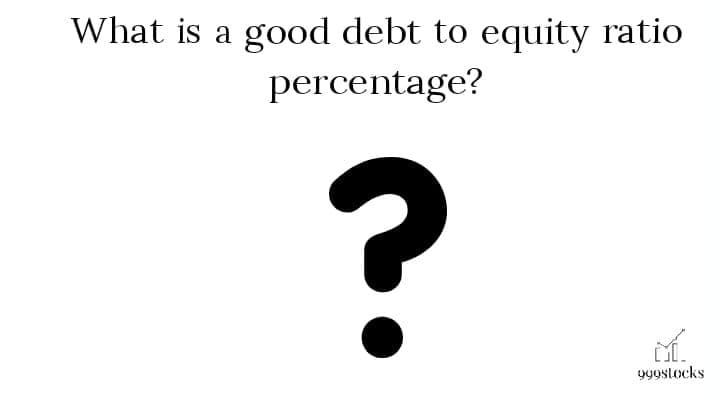Monetary examiners and financial backers are regularly exceptionally keen on breaking down budget reports to do monetary proportion examination to comprehend an organization’s monetary wellbeing and to decide whether speculation is viewed as beneficial or not. The debt-to-equity ratio (D/E) is a monetary influence proportion that is oftentimes determined and taken a gander at. It is an outfitting proportion. Equipping proportions are monetary proportions that contrast the proprietor’s value or capital with obligation, or assets acquired by the organization.
The debt-to-equity ratio is controlled by isolating a partnership’s complete liabilities by its investor value. This proportion looks at an organization’s complete liabilities to its investor value. It is generally viewed as perhaps the main corporate valuation measurement since it features an organization’s reliance on acquired assets and its capacity to meet those monetary commitments. Since obligation is innately dangerous, loan specialists and financial backers will in general support organizations with lower debt-to-equity ratios. For banks, a low proportion implies a lower hazard of advance
What Is Considered A High Debt-To-Equity Ratio?
- The Preferred Debt-to-Equity Ratio
The ideal debt-to-equity ratio in general changes broadly by industry, yet the agreement is that it ought not to be over a degree of 2.0. While some exceptionally huge organizations in fixed resource substantial businesses (like mining or assembling) may have proportions higher than 2, these are the special case instead of the standard.
A D/E proportion of 2 shows that the organization determines 66% of its capital financing from obligation and 33% from investor value, so it gets twice as much subsidizing as it possesses (2 obligation units for each 1 value unit). An organization’s administration will, accordingly, attempt to focus on an obligation load that is viable with an ideal D/E proportion to work without agonizing over defaulting on its bonds or credits. The debt-to-equity ratio is related to hazard: A higher proportion proposes higher danger and that the organization is financing its development with the obligation.

Why Debt Capital Matters
A business that disregards obligation financing completely might be ignoring significant development openings. The advantage of obligation capital is that it permits organizations to use a limited quantity of cash into a much bigger entity and reimburse it after some time. This permits organizations to subsidize development projects more rapidly than might somehow or another be conceivable, hypothetically expanding benefits at an expanded rate
An organization that doesn’t utilize the utilizing capability of obligation financing might be doing an injury to the proprietorship and its investors by restricting the capacity of the company to generate maximum profits. The interest paid on the obligation is additionally normally charged deductible for the organization, while value capital isn’t. Obligation capital likewise typically conveys a lower cost of capital than the value
Role of Debt-to-Equity Ratio in Company Profitability
When taking a gander at an organization’s accounting report, it is essential to think about the normal D/E proportions for the given business, just as those of the organization’s nearest rivals, and that of the more extensive market. On the off chance that an organization has a D/E proportion of 5, yet the business normal is 7, this may not be a pointer of poor corporate administration or monetary danger. There are additionally numerous different measurements utilized incorporate bookkeeping and monetary examination that are utilized as markers of monetary wellbeing that ought to be concentrated close by the D/E proportion.
Conclusion
Debt and equity both have benefits and disservices. The obligation to value proportion can be utilized as a proportion of the danger that a business can’t reimburse its monetary commitments. The obligation to value proportion shows an organization’s obligation as a level of its investor’s value.
Limited Period Offer Get Zero Brokerage For lifetime with India Largest Stock Broker.

